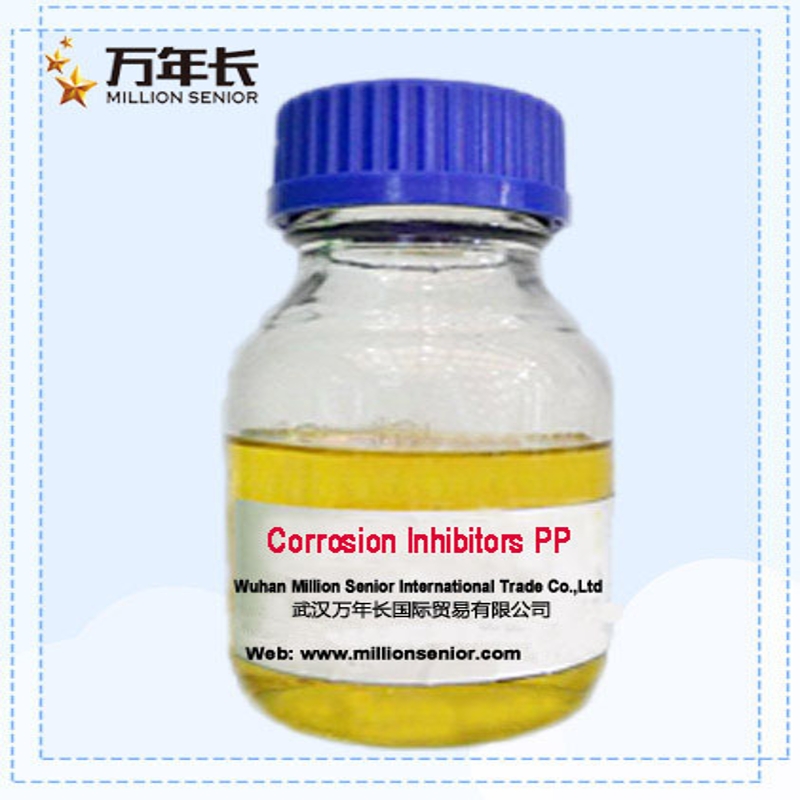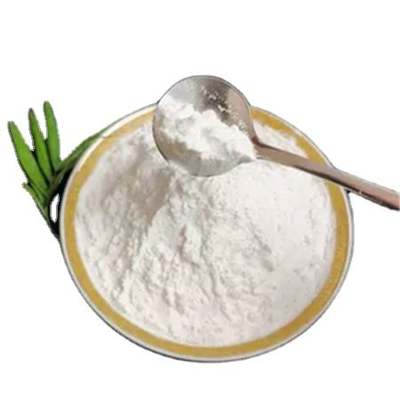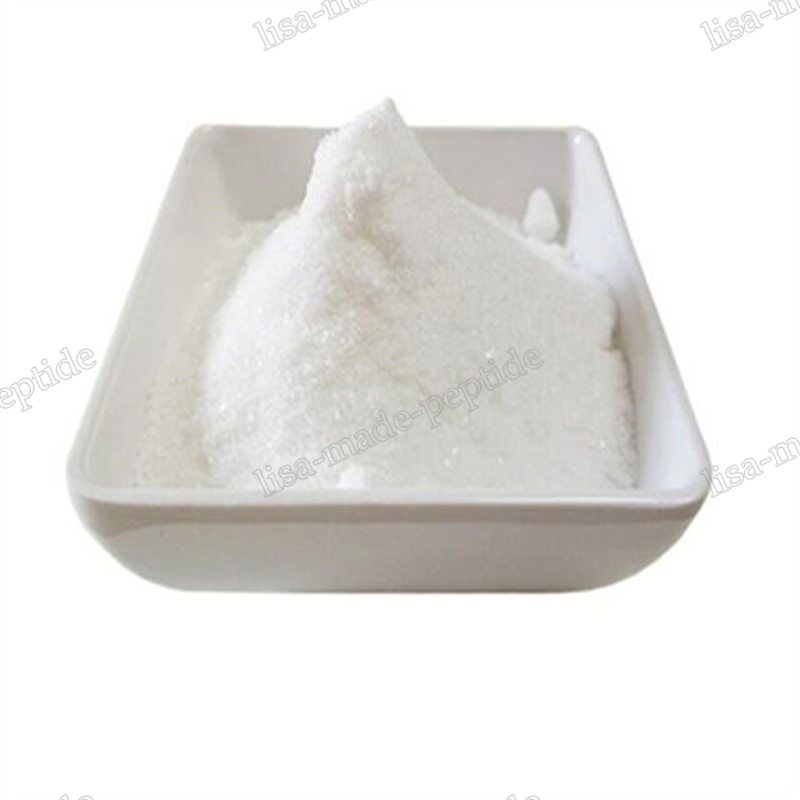-
Categories
-
Pharmaceutical Intermediates
-
Active Pharmaceutical Ingredients
-
Food Additives
- Industrial Coatings
- Agrochemicals
- Dyes and Pigments
- Surfactant
- Flavors and Fragrances
- Chemical Reagents
- Catalyst and Auxiliary
- Natural Products
- Inorganic Chemistry
-
Organic Chemistry
-
Biochemical Engineering
- Analytical Chemistry
-
Cosmetic Ingredient
- Water Treatment Chemical
-
Pharmaceutical Intermediates
Promotion
ECHEMI Mall
Wholesale
Weekly Price
Exhibition
News
-
Trade Service
[ Focus on Chemical Machinery and Equipment Network ] Temperature is defined as the energy level of a substance, which can be proved by some changes in the substance
.
There are many types of temperature measurement sensors and they have one thing in common: they all measure temperature by sensing certain changes in physical properties
.
Chemical machinery equipment network hotspots focus on chemical machinery equipment sensors.
There are many types of temperature measurement sensors and they have one thing in common: they all measure temperature by sensing certain changes in physical properties
.
The seven basic types of temperature measurement sensors discussed here are thermocouples, resistance temperature devices (RTDs, thermistors), infrared radiators, bimetal devices, liquid expansion devices, molecular state changes, and silicon diodes
.
.
Whether it is a thermometer or a thermocouple, different types of sensors can measure temperature
.
thermometer.
1.
Thermocouple
Thermocouple
Thermocouples are voltage devices that can indicate temperature measurement when voltage changes
.
As the temperature increases, the output voltage of the thermocouple increases—not necessarily linear
.
Thermocouples are usually located in metal or ceramic shields to prevent them from being exposed to various environments
.
Metal sheathed thermocouples can also be provided with various types of external coatings, such as Teflon, which can be used without trouble in acid and strong alkali solutions
.
.
As the temperature increases, the output voltage of the thermocouple increases—not necessarily linear
.
Thermocouples are usually located in metal or ceramic shields to prevent them from being exposed to various environments
.
Metal sheathed thermocouples can also be provided with various types of external coatings, such as Teflon, which can be used without trouble in acid and strong alkali solutions
.
2.
Resistance temperature measuring device
Resistance temperature measuring device
Resistance temperature measuring devices are also electrical
.
It does not use voltage like a thermocouple, but uses another temperature-varying property of a substance—resistance
.
The resistance devices used can be divided into: metal resistance temperature devices (RTD) and thermistors
.
Generally speaking, RTDs are more linear than thermocouples
.
They increase in the positive direction, and as the temperature increases, the resistance increases
.
The structure type of the thermistor is completely different
.
It is an extremely non-linear semiconducting device.
As the temperature increases, the resistance decreases
.
.
It does not use voltage like a thermocouple, but uses another temperature-varying property of a substance—resistance
.
The resistance devices used can be divided into: metal resistance temperature devices (RTD) and thermistors
.
Generally speaking, RTDs are more linear than thermocouples
.
They increase in the positive direction, and as the temperature increases, the resistance increases
.
The structure type of the thermistor is completely different
.
It is an extremely non-linear semiconducting device.
As the temperature increases, the resistance decreases
.
3.
Infrared sensor
Infrared sensor
The infrared sensor is a non-contact sensor
.
For example, if you lift a typical infrared sensor to the front of a table contactlessly, the sensor will tell you the temperature of the table through its radiation—about 68°F at normal room temperature.
In non-contact ice In water measurement, ice water will be slightly measured at 0°C due to evaporation, which will slightly reduce the expected temperature reading
.
.
For example, if you lift a typical infrared sensor to the front of a table contactlessly, the sensor will tell you the temperature of the table through its radiation—about 68°F at normal room temperature.
In non-contact ice In water measurement, ice water will be slightly measured at 0°C due to evaporation, which will slightly reduce the expected temperature reading
.
4.
Bimetallic device
Bimetallic device
Bimetal devices take advantage of metal expansion when heated
.
In these devices, two metals are combined and mechanically connected to the pointer
.
When heated, one side of the bimetallic strip will expand more than the other side
.
And when the pointer is correctly aligned, the temperature measurement value will be displayed
.
The advantages of bimetal devices are portability and independence from power sources
.
However, they are generally not as accurate as electrical devices, and you cannot easily record temperature values with electrical devices like thermocouples or RTDs
.
But portability is the absolute advantage of the right application
.
.
In these devices, two metals are combined and mechanically connected to the pointer
.
When heated, one side of the bimetallic strip will expand more than the other side
.
And when the pointer is correctly aligned, the temperature measurement value will be displayed
.
The advantages of bimetal devices are portability and independence from power sources
.
However, they are generally not as accurate as electrical devices, and you cannot easily record temperature values with electrical devices like thermocouples or RTDs
.
But portability is the absolute advantage of the right application
.
5.
Thermometer
Thermometer
Thermometers are well-known liquid expansion devices and are also used for temperature measurement
.
Generally speaking, they are divided into two main categories: mercury type and organic (usually red) liquid type
.
The difference between the two is obvious, because mercury devices have certain limitations in how they can be safely transported or transported
.
For example, mercury is considered an environmental pollutant, so breakage can be dangerous
.
Before shipping, be sure to check the current restrictions on mercury products shipped by air
.
.
Generally speaking, they are divided into two main categories: mercury type and organic (usually red) liquid type
.
The difference between the two is obvious, because mercury devices have certain limitations in how they can be safely transported or transported
.
For example, mercury is considered an environmental pollutant, so breakage can be dangerous
.
Before shipping, be sure to check the current restrictions on mercury products shipped by air
.
6.
State change sensor
State change sensor
The state change temperature sensor measures the change in the state of the material caused by the temperature change, like the change from ice to water to steam
.
This type of equipment is commercially available in the form of labels, pellets, crayons or paint
.
.
This type of equipment is commercially available in the form of labels, pellets, crayons or paint
.
For example, tags can be used on steam traps
.
When the trap needs to be adjusted, it will heat up; then, the white dots on the label will turn black to indicate a rise in temperature
.
Even if the temperature returns to normal, the white point will remain black
.
.
When the trap needs to be adjusted, it will heat up; then, the white dots on the label will turn black to indicate a rise in temperature
.
Even if the temperature returns to normal, the white point will remain black
.
The status change label indicates temperature measurement in °F and °C
.
For these types of devices, when the displayed temperature is exceeded, the white point becomes black; and it is an irreversible sensor that will remain black once it changes color
.
The temperature label is useful when you need to confirm that the temperature does not exceed a certain level, perhaps for engineering or legal reasons, during transportation
.
Since the state change device is non-electrical like the bimetallic strip, it has advantages in some applications
.
Some forms of this series of sensors (lacquer, crayons) will not change color, the markings they make will only disappear
.
The granular type will be visually deformed or completely melted
.
.
For these types of devices, when the displayed temperature is exceeded, the white point becomes black; and it is an irreversible sensor that will remain black once it changes color
.
The temperature label is useful when you need to confirm that the temperature does not exceed a certain level, perhaps for engineering or legal reasons, during transportation
.
Since the state change device is non-electrical like the bimetallic strip, it has advantages in some applications
.
Some forms of this series of sensors (lacquer, crayons) will not change color, the markings they make will only disappear
.
The granular type will be visually deformed or completely melted
.
Limitations include relatively slow response time
.
Therefore, if you have a temperature spike that rises and then drops quickly, there may be no obvious response
.
The accuracy is not as high as most equipment commonly used in other industries
.
However, they are very useful in applications where you need a non-reversal indication that does not require a power supply
.
.
Therefore, if you have a temperature spike that rises and then drops quickly, there may be no obvious response
.
The accuracy is not as high as most equipment commonly used in other industries
.
However, they are very useful in applications where you need a non-reversal indication that does not require a power supply
.
The principle of operation of other reversible labels is completely different from the principle of using a liquid crystal display
.
Depending on the temperature reached, the displayed color changes from black to brown, blue or green
.
.
Depending on the temperature reached, the displayed color changes from black to brown, blue or green
.
For example, a typical label is completely black when it is below the sensed temperature
.
As the temperature measurement increases, a color will appear at a position such as 33°F-first blue, then green, and finally brown when it passes the specified temperature
.
In any particular liquid crystal device, you will usually see two adjacent color points-the blue color point is slightly lower than the temperature indicator, and the brown color point is slightly higher than the temperature indicator
.
This allows you to estimate the temperature, for example, between 85° and 90°F
.
.
As the temperature measurement increases, a color will appear at a position such as 33°F-first blue, then green, and finally brown when it passes the specified temperature
.
In any particular liquid crystal device, you will usually see two adjacent color points-the blue color point is slightly lower than the temperature indicator, and the brown color point is slightly higher than the temperature indicator
.
This allows you to estimate the temperature, for example, between 85° and 90°F
.
Although it is not completely accurate, it has the advantage of being a small, sturdy, non-electronic indicator that can continuously update temperature measurements
.
.
7.
Silicon Diode
Silicon Diode
The silicon diode sensor is a device specially developed for the low temperature range
.
Essentially, they are a linear device.
In the low and low temperature region, the conductivity of the diode increases linearly
.
.
Essentially, they are a linear device.
In the low and low temperature region, the conductivity of the diode increases linearly
.
No matter what sensor you choose, it cannot work alone
.
Since most sensor choices overlap in temperature range and accuracy, the choice of sensor will depend on how it is integrated into a system
.
.
Since most sensor choices overlap in temperature range and accuracy, the choice of sensor will depend on how it is integrated into a system
.
Original title: Seven basic types of temperature sensors, one article to understand!







